The modern, beautifully designed Roman Catholic Church of St. Andrew the Apostle, a unique monument of sorts that honors a community’s Catholic faith, a legacy of a visionary businessman, and the artistry of the Filipino, all rolled into one, has the eye-catching form and a unique layout that reflects the ingenuity of its creator, my late uncle and National Artist for Architecture (1990) Leandro V. Locsin and, overall, the church structure pays homage to the Space Age era of the ’60s.
In 1965, a group of residents belonging to the village communities of San Miguel and Bel-Air dreamed of having a parish that they could call their own. Rufino Cardinal Santos approved the establishment and formation of the parish and appointed Msgr. Emilio Bularan as the first parish priest.
There dream came true when Don Andrés Soriano Jr., President of the conglomerate San Miguel Corporation, offered to have a church built in honor of his late father, the loved and respected Don Andres Sr.. The parish was to be named after St. Andrew the Apostle, the patriarch’s namesake (“Andres” is Spanish for “Andrew”), the patron saint of Metro Manila and Bel-Air Village in Makati.
On February 8, 1967 (the 69th birth anniversary of the late Don Andres Soriano the Feast of St. Andrew), the cornerstone of the proposed church was laid at the 3,494-sq. m. (37,610 sq. ft.) lot donated by the Ayala family through the Makati Development Corporation.
The construction of the church employed the round, concrete-heavy design of Leandro V. Locsin, then an up and coming architect, whose first notable work was the Church of the Holy Sacrifice in the University of the Philippines Diliman campus, itself a round concrete church completed in 1955. It’s interesting to note that, around this time, the future National Artist for Architecture was also busy in the design of the Cultural Center of the Philippines Main Theater, considered his magnum opus.
Check out “Church of the Holy Sacrifice”
After about a year’s time, on November 30, 1968, St. Andrew the Apostle Parish was formally opened at half past eight in the morning. The unveiling of the church marker was witnessed by Andres Soriano Jr. (San Miguel Corporation); Jose Ma. Soriano (Chairman and President of A. Soriano y Cia); Enrique Zobel (President of the Ayala Corporation); and other donors from Roxas y Cia.
In 2002, Msgr. Emmanuel Sunga supervised the improvement of flooring, the provision of airconditioning, building of Parish Office annex, refurbishment of halo chandelier, the altar of the church and the construction of the carillon bell tower.
Aside from Leandro V. Locsin, the Church of St. Andrew the Apostle also boasts works of two other renowned Filipino National Artists. For instance, the copper cross that hangs on top of the altar is a work of the late Vicente Manansala, National Artist for Visual Arts – Painting (1981).
The baptistery also boasts works of the late Napoleon V. Abueva, National Artist for Visual Arts – Sculpture (1976), who designed the white baptismal font. Additionally, the late Eduardo S. Castrillo also created the sculpture as well as the blue baptismal font at the baptistery.
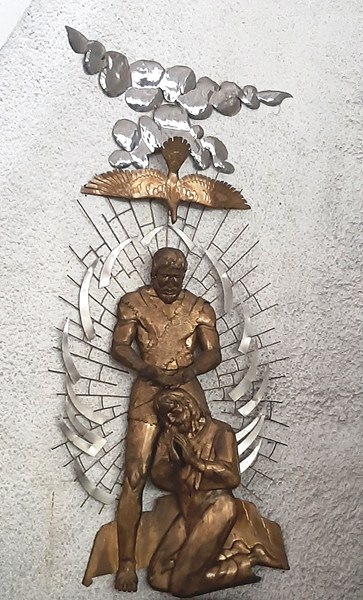
The sculpture, done by the late sculptor Eduardo Castrillo, of the Baptism of Christ by St. John the Baptist
This project was to be one of many collaborations between Abueva and Locsin. Aside from this church, they also collaborated on the abovementioned Church of the Holy Sacrifice in Diliman (Quezon City), the Church of the Immaculate Heart of Mary in Quezon City (1975), and the Church of St. Alphonsus Mary de Liguori in Makati City (1968).
Check out “Church of St. Alphonsus Mary de Liguori”
The design of the unique cross shape, seen in the church’s peak, is symbolic of the manner the martyr died crucified on an X-shaped cross, formally called a saltire. Christian tradition states that Andrew, one of the 12 disciples/apostles of Jesus Christ, was put to death by crucifixion on such a cross as he felt he was unworthy to be crucified on the regular cross (also called the Latin cross) that Christ was crucified onto. Today, this type of cross has also come to be known as the “St. Andrew’s cross.”
An example of biomorphic architecture, it resembles coconut leaves bundled together to make a giant native salakot. This parish church is flanked by curved concrete walls while the curved shell is made of thin-shell concrete, considered revolutionary during its time. The pews surrounding the altar form an octagon.
The tent-like church’s butterfly shaped floor plan emanates from this cruciform. A symbolic feature is the giant customized circular chandelier suspended over the cross and the altar which is reminiscent of a saintly halo.
Church of St. Andrew the Apostle: 62 Constellation cor. Nicanor Garcia St. (formerly Reposo St.), Bel-Air Village, Makati City 1209 Metro Manila. Tel: (02) 8890 1796 and 8890-1743. E-mail: saapoffice@gmail.com, secretariat@saaparish.com and media@saaparish.com. The parish territories are Bel-Air Village and Salcedo Village in Barangay Bel-Air, Rizal Village and Santiago Village in Barangay Valenzuela, and San Miguel Village in Barangay Poblacion.

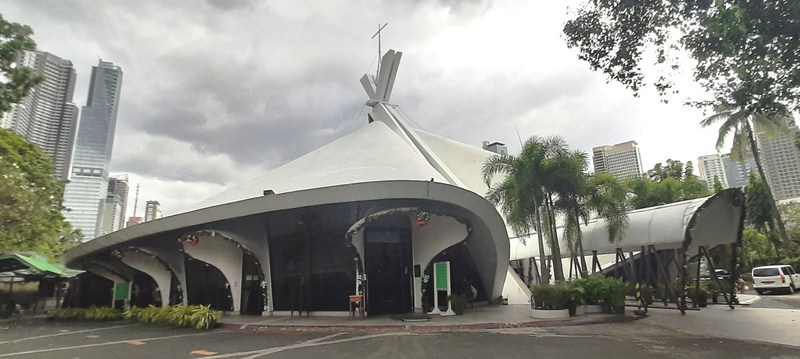

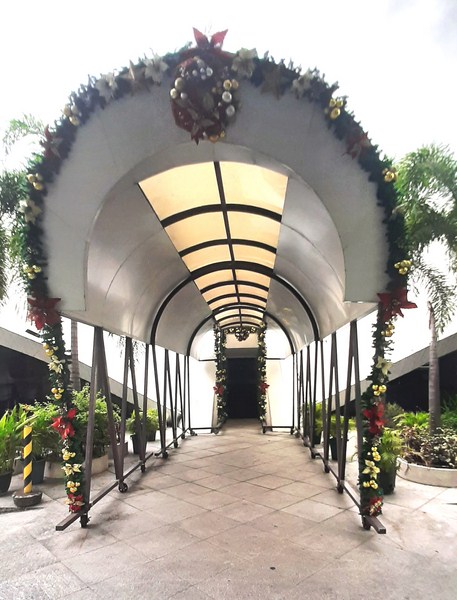
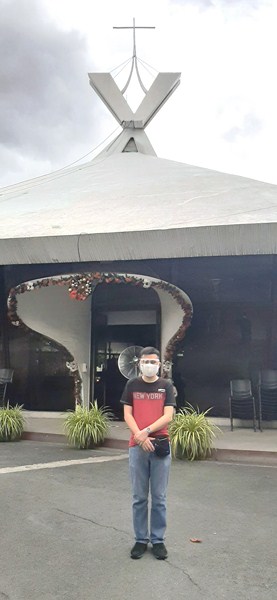
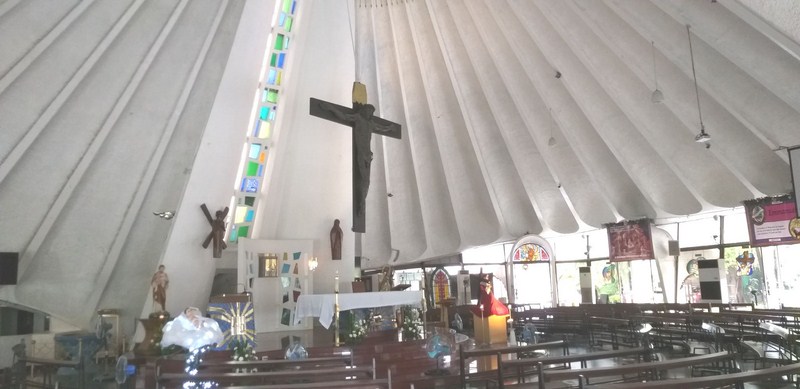
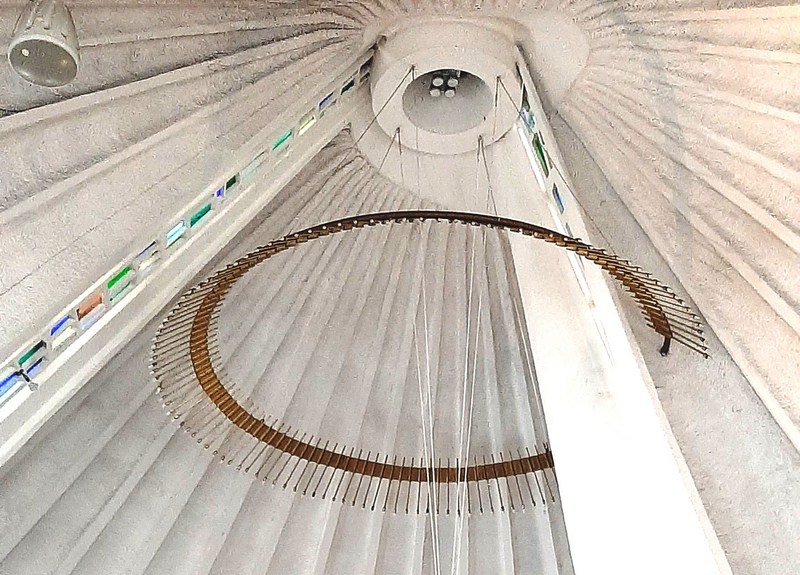
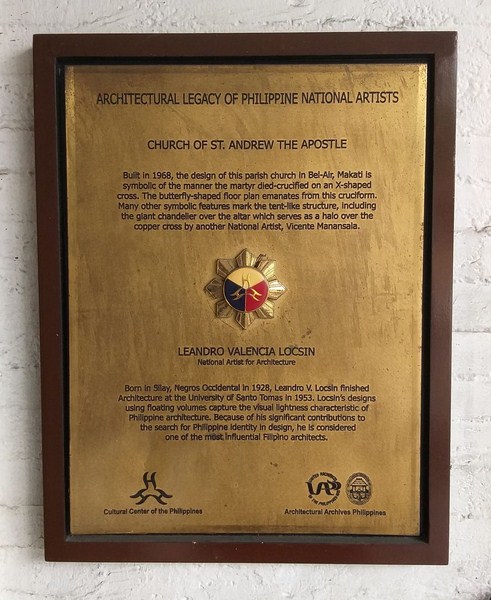
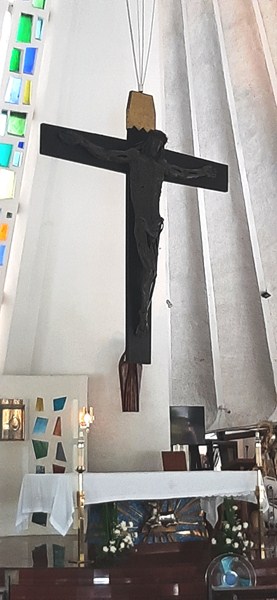
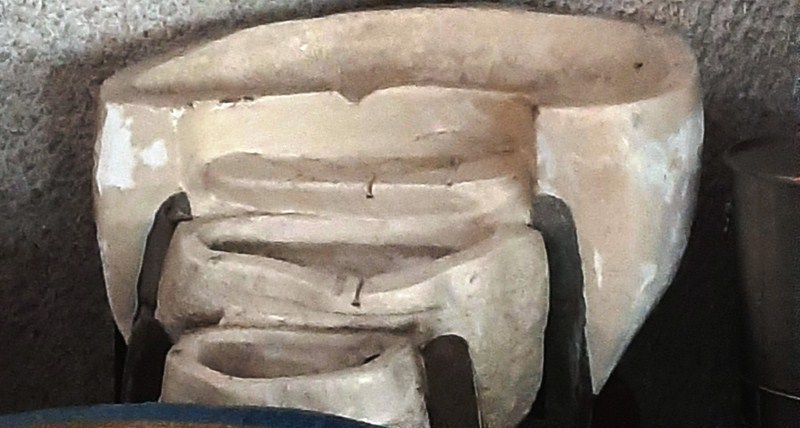
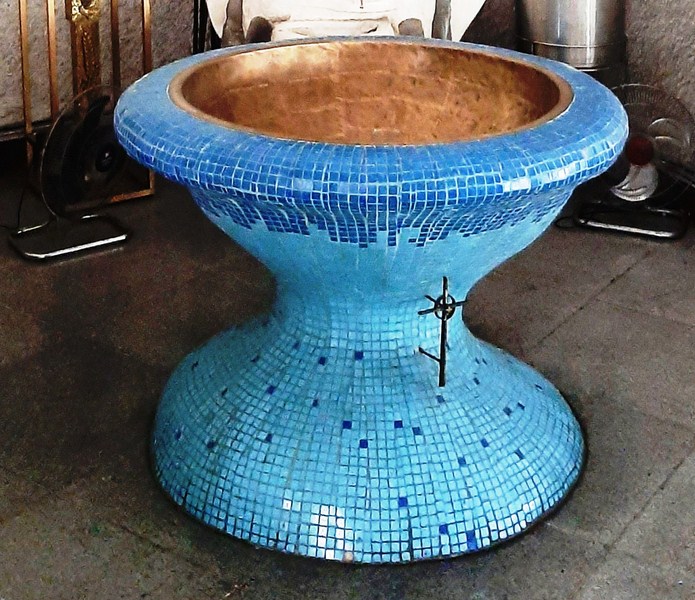
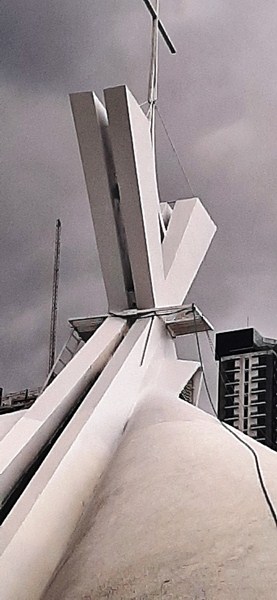
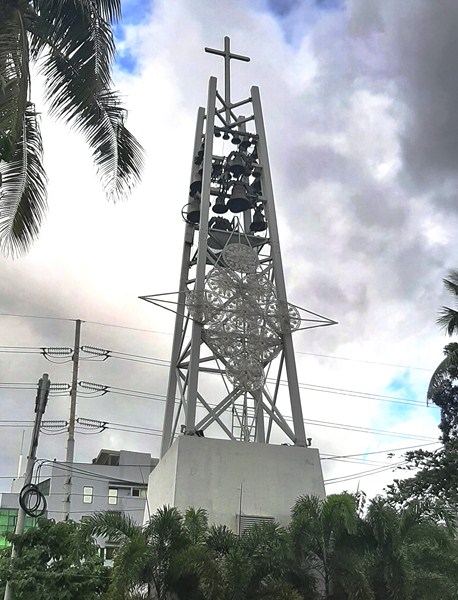

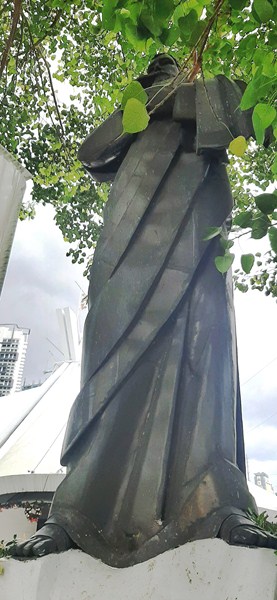
My wife and I got married in St. Andrew’s Church in Bel Air , Makati, on February 17, 1973. We have since been living in the U.S. and have just celebrated our 50th wedding Anniversary here. I have fond memories of that church and distinctly remember the kindly priest who celebrated our wedding: Father Quaranta. Does anybody recall his first name? My wife and I would like to remember him in our prayer. Thank you.
His first name is Pierangelo. Fr. Quaranta is familiar to me as he was around as a Salesian priest in Don Bosco Makati, the school were I graduated in high school.